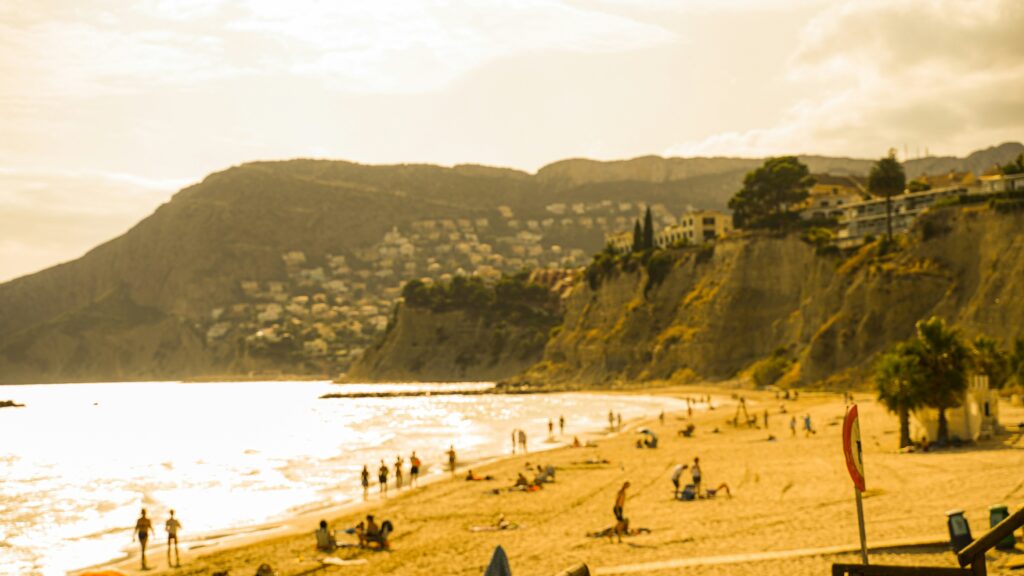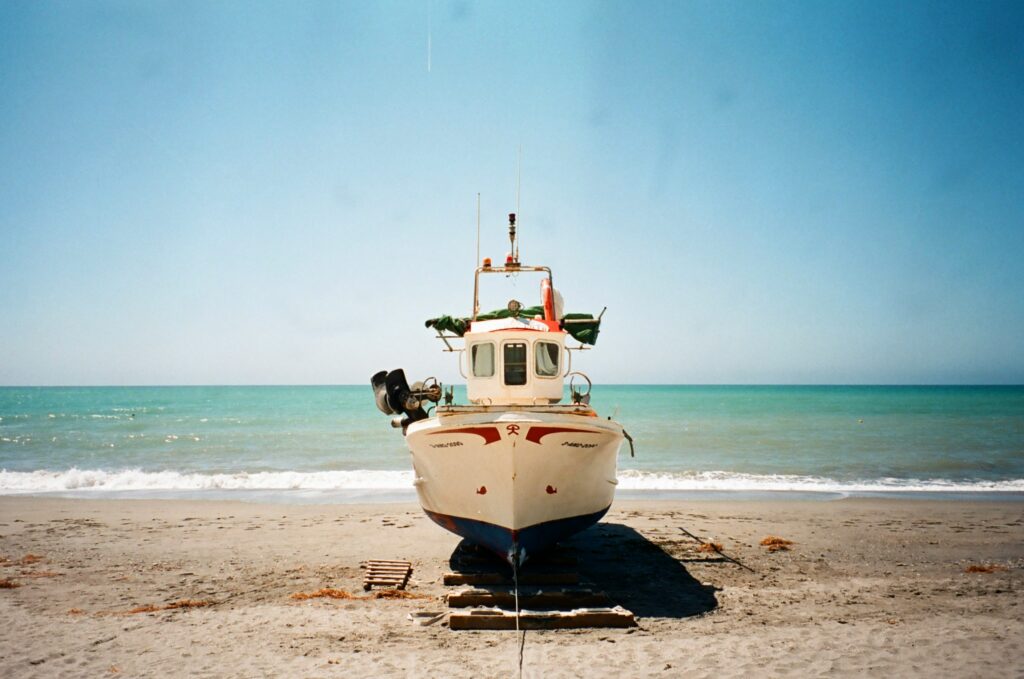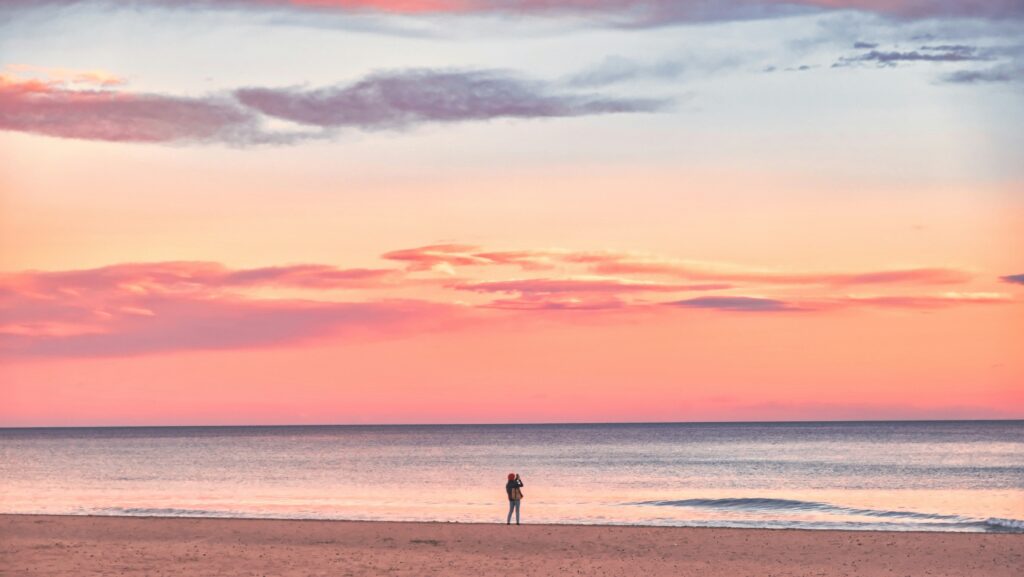Timing changes everything.
The same mountain trail feels alive and fragrant in May, still and introspective in November. Spain is one of those rare places where yoga and the rhythm of the seasons naturally align — a country whose light and geography shift enough to transform the practice itself.
Choosing the best time for a yoga retreat in Spain isn’t only about weather; it’s about energy. Spring invites renewal, summer expands your senses, autumn slows the pace, and winter draws you inward. Every season carries a different lesson — the kind you can only absorb through presence.
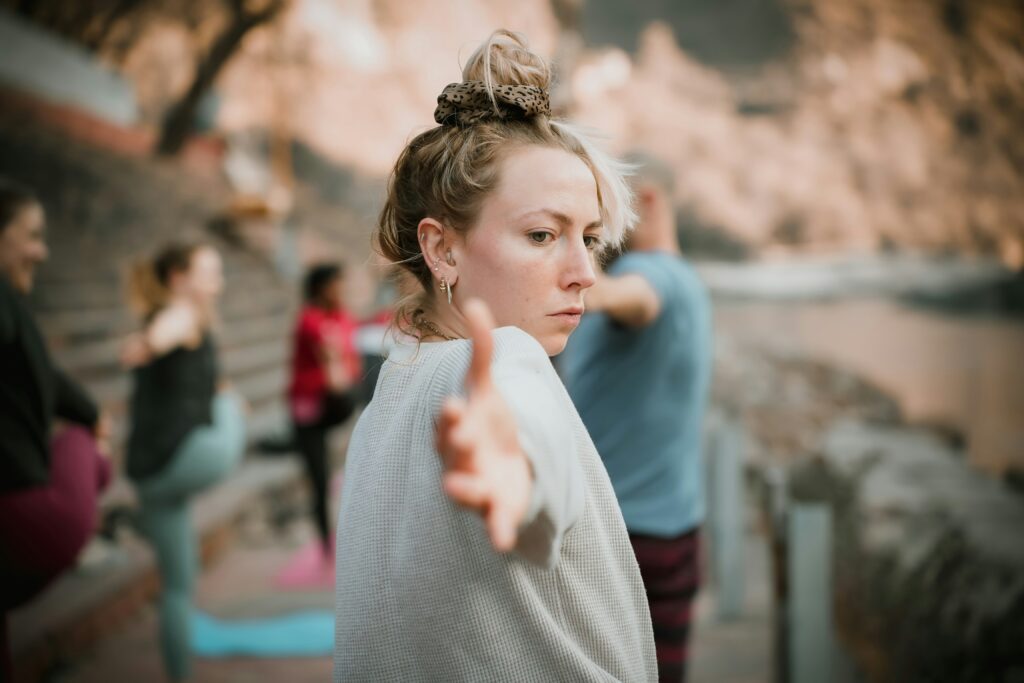
Spring – The Season of Reawakening (March to May)
If you could bottle the feeling of possibility, it would smell like Andalusian orange blossoms in April.
Spring is when Spain exhales. Hillsides turn green again, fields hum with bees, and morning air feels cool but forgiving.
This is the ideal moment for yoga retreats in Andalusia, Catalonia, or Mallorca, where nature feels awake but not yet crowded.
You’ll practise outdoors surrounded by almond trees and jasmine, the light perfectly soft for meditation.
Many spring retreats centre on detox and renewal — gentle fasting, mindful movement, long silent walks through olive groves.
The temperatures sit between 18–24 °C, comfortable enough for sun salutations at dawn without overheating by noon.
Personal insight: There’s a rare clarity in spring practice — the sense of starting again, body and soil together. I’ve always found that in these months, meditation feels easier, like nature itself is exhaling through you.
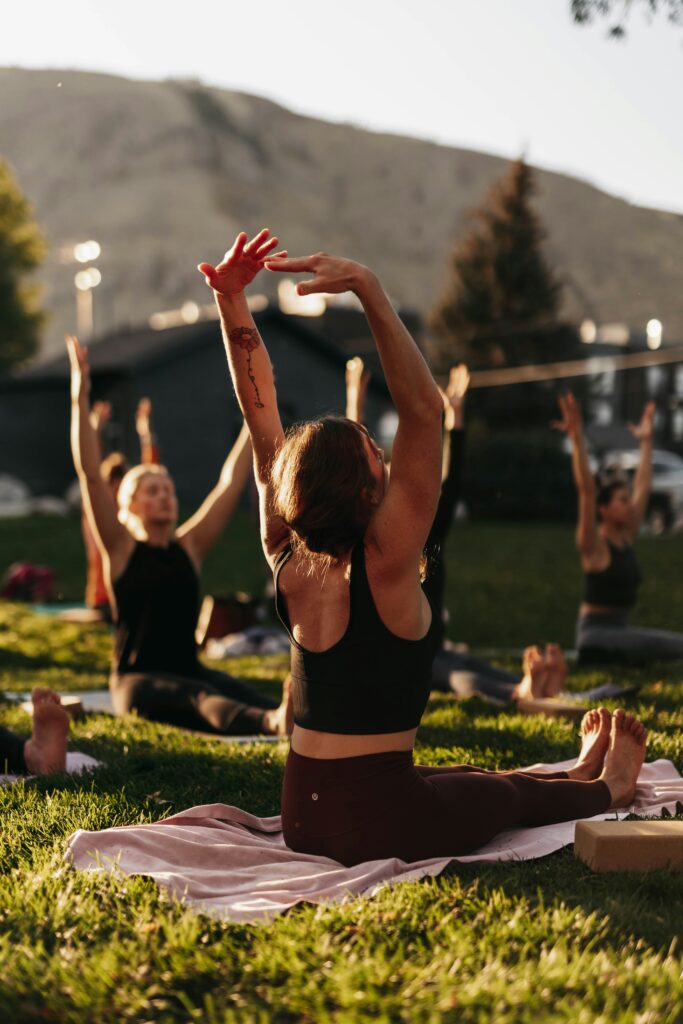
Summer – The Season of Expansion (June to August)
Spain in summer is pure vitality: the scent of sea salt, white light bouncing off stone walls, the laughter of late dinners.
It’s also the time when coastal yoga retreats thrive. Ibiza, Tarifa, the Costa Brava, and the Balearic Islands become hubs for sunrise vinyasa and twilight yin.
Mornings start early to beat the heat — 7 a.m. classes as the sky turns rose. Afternoons slow into siesta rhythm, giving you permission to nap or float in turquoise water.
Evenings belong to movement, breathwork, and connection: candlelit dinners, gentle music, deep conversations under warm skies.
Summer retreats often combine yoga with surf, dance, or sound healing — everything that expresses energy outward.
For some, it’s a season to push boundaries; for others, to celebrate progress.
Yes, it can be warm (30 °C along the Mediterranean, even more inland), but that’s part of the practice — learning softness within intensity.
You’ll find joy in slowing down, in surrendering to the pace of sunlight itself.
Autumn – The Season of Harvest (September to November)
Autumn is Spain’s quiet masterpiece.
The air cools, the light turns golden, and the country exhales after summer’s rush.
Vineyards blush red, olives darken on trees, and locals return to slower routines.
For yoga practitioners, it’s a season of integration — grounding after the expansion of summer.
Retreats shift focus toward nourishment, balance, and reflection. Morning flows are gentler; meals become heartier, full of lentils, roasted vegetables, and olive oil straight from the press.
Destinations like La Rioja, Andalusia’s hills, or the Sierra de Gredos feel particularly alive now.
There’s something grounding about practising among harvest fields — the reminder that everything ripens in its time.
Autumn also brings beautiful weather: 20–26 °C along the coast, cooler in the mountains. The sea still welcomes swimmers, yet beaches lie half-empty.
It’s the season for writers, introverts, and anyone craving silence wrapped in sunlight.
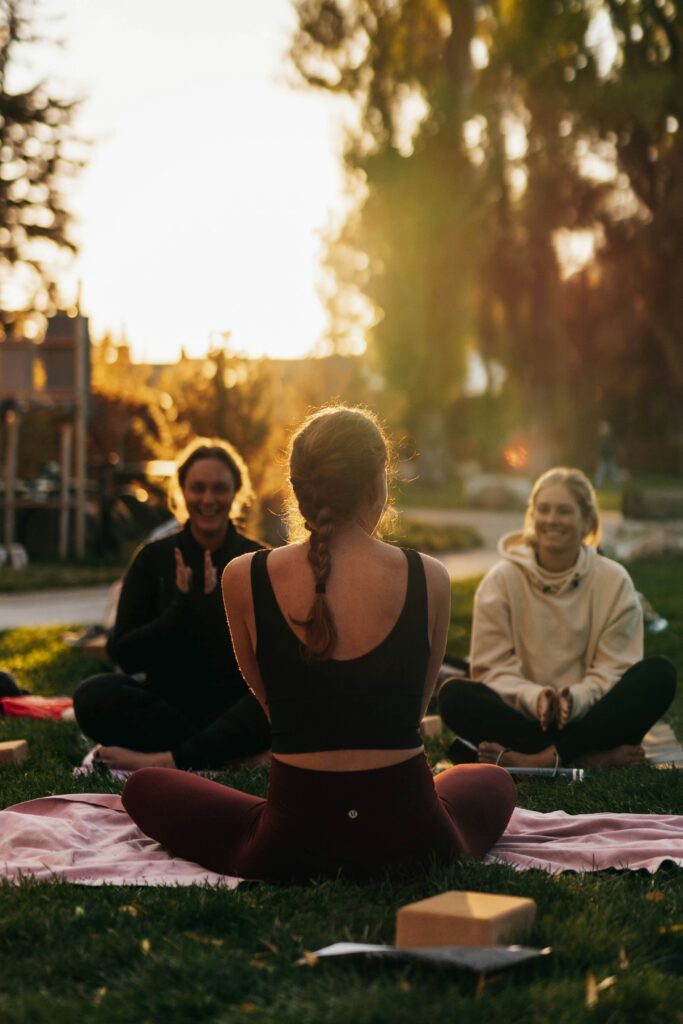
Winter – The Season of Stillness (December to February)
Winter in Spain doesn’t always mean cold — it means calm.
While the north sees snow, the south and islands remain mild and bright.
It’s the moment for deep rest, for restorative or meditation-focused yoga retreats where introspection feels natural.
The Canary Islands are your best winter ally: average temperatures around 20 °C, soft Atlantic light, volcanic energy that grounds every breath.
On mainland Spain, Granada, Málaga, and the Alpujarras stay around 15–17 °C — enough for outdoor classes by day and firelight circles by night.
Winter retreats often attract long-term travellers, remote workers, or teachers-in-training. Groups are smaller, conversations deeper, and evenings quieter.
You learn the slower side of Spain — the way locals linger over tea and build warmth through presence rather than speed.
Personal insight: Winter yoga in Spain taught me the courage of doing less. Slowing down isn’t laziness here; it’s cultural wisdom — the kind you feel in the still air before sunrise.
Regional Highlights by Season
| Region | Best Months | Experience |
|---|---|---|
| Andalusia | March–May / Sept–Nov | Warm, dry, soulful; ideal for mountain and olive-grove retreats. |
| Balearic Islands | April–June / Sept–Oct | Beach yoga, creative workshops, mild breezes. |
| Canary Islands | Year-round | Eternal spring climate, ocean energy, perfect winter refuge. |
| Catalonia & Costa Brava | May–July / Sept | Yoga + art, coastal hiking, holistic centres. |
| Northern Spain | June–Sept | Lush green valleys, surf and yoga, mild summers. |
Travel and Practical Tips
- Airports: Madrid, Barcelona, Málaga, and Palma de Mallorca connect to every major region.
- Prices: Low season (Nov–Feb) brings discounts of 20–30 %; summer peaks highest.
- Packing: Layered clothing, reusable bottle, swimsuit even in spring/autumn.
- Language: English widely spoken at retreats, but a few Spanish words go far.
Conclusion
The best time to visit Spain for a yoga retreat isn’t fixed on a calendar — it’s about alignment between your inner state and the landscape’s rhythm.
Come in spring to begin again, in summer to expand, in autumn to ground, or in winter to listen inward.
Whatever season you choose, Spain mirrors what you need most: a slower heartbeat, warm light, and the reminder that transformation always follows the seasons.


